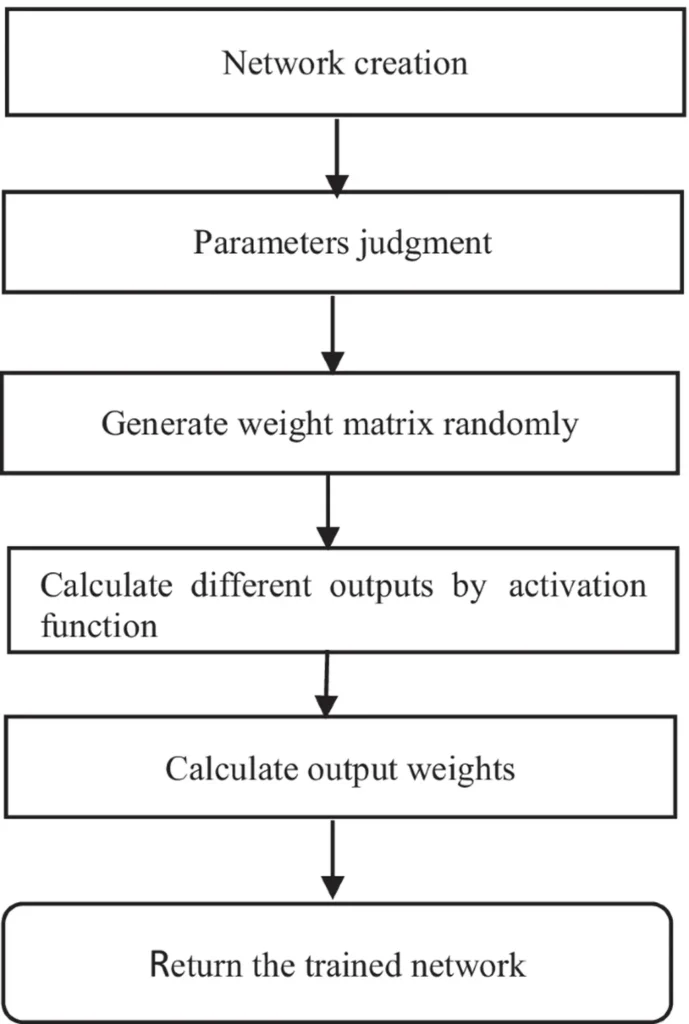In the heart of China’s agricultural innovation, a groundbreaking study led by Dr. Guo Qi and his team at the Jinan Fruit Research Institute is revolutionizing the way we assess apple quality. Their research, published in the journal *智慧农业* (translated as “Intelligent Agriculture”), delves into the transformative potential of multi-source data fusion technology for non-destructive apple testing. This advancement promises to reshape the apple industry, enhancing quality control and paving the way for smarter, more sustainable agricultural practices.
The apple industry, a global agricultural powerhouse, faces significant challenges in maintaining high-quality standards. Traditional methods of quality assessment often involve destructive testing, which is time-consuming and inefficient. Dr. Guo’s research introduces a novel approach that integrates data from multiple sensors, overcoming the limitations of single-technology systems. “By combining the strengths of different sensors, we can achieve a comprehensive evaluation that is unattainable with any single technology,” explains Dr. Guo.
The study highlights five mainstream non-destructive testing technologies: near-infrared (NIR) spectroscopy, hyperspectral imaging (HSI), electronic nose (E-nose) technology, machine vision, and nuclear magnetic resonance (NMR). Each technology offers unique advantages. For instance, NIR spectroscopy excels at quantifying internal chemical compositions, while HSI provides both spatial and spectral information, making it ideal for identifying defects like bruises. E-nose technology detects volatile organic compounds to profile aroma and detect mold, and machine vision analyzes external features for grading and surface defect identification. NMR offers detailed insights into internal structures and water content, useful for detecting internal defects such as core rot.
The research team critically evaluates the fundamental methodologies in data fusion, categorizing them into three distinct levels: data-level fusion, feature-level fusion, and decision-level fusion. Data-level fusion involves the direct concatenation of raw data from homogeneous or preprocessed heterogeneous sensors. Feature-level fusion, the most prevalent strategy, involves extracting salient features from each data source and combining these feature vectors prior to model training. Decision-level fusion operates at the highest level of abstraction, where independent models are trained for each data modality, and their outputs or predictions are integrated using algorithms such as weighted averaging, voting schemes, or fuzzy logic.
Dr. Guo and his team present compelling case studies that demonstrate the practical implementation of these strategies. For example, the fusion of NIR and HSI data enhances the detection of internal quality attributes, while the integration of spectral and E-nose data allows for combined internal quality and aroma assessment. The combination of machine vision with spectral data enables simultaneous evaluation of external appearance and internal composition.
The integration of multi-source data fusion technology has driven significant advancements in the field of apple non-destructive testing. This progress has substantially improved the accuracy, reliability, and comprehensiveness of quality evaluation and control systems. However, the field faces persistent challenges, including the effective management of data heterogeneity, high computational complexity, and the poor portability of current multi-sensor laboratory equipment.
Looking ahead, Dr. Guo emphasizes the need for automated, user-friendly fusion platforms to simplify data processing and model deployment. Optimizing and developing lightweight algorithms is critical to enhancing real-time performance for high-throughput sorting lines. Creating compact, cost-effective, integrated hardware that combines multiple detection technologies into a single portable device will improve stability and accessibility. Additionally, new application frontiers should be explored, such as in-field monitoring of fruit maturation and predicting post-harvest shelf life.
The innovative integration of advanced algorithms and hardware holds the potential to provide substantial support for the intelligent and sustainable development of the global apple industry. As Dr. Guo and his team continue to push the boundaries of agricultural technology, their research offers a glimpse into a future where smart, data-driven practices transform the way we grow, assess, and enjoy our food.

